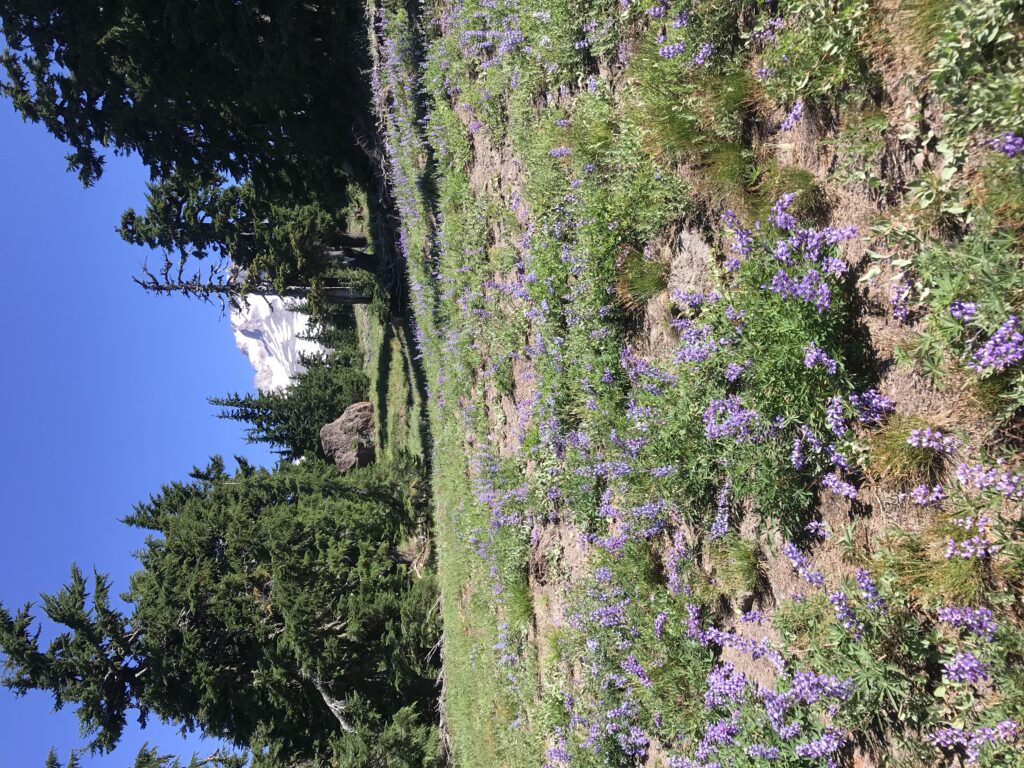In May of 2021, Janez Potočnik and Isabella Teixeira, the co-chairs of the International Resource Panel (IRP) that was launched by the United Nations Environment Programme, published a think-piece on how we should best value biodiversity. The piece, titled Building Biodiversity, asserts that our current approach to preserving biodiversity has failed to account for the primary cause of biodiversity loss, which is the over extraction of natural resources for human use. The authors express the urgency of adapting our management of natural lands, stating that “if our economic system ignores the natural services that maintain it, it will not survive, and nor will any of us.”
The U.S. approach to public lands has centered on the extraction of natural resources. The United States has compensated counties for the federal forestland within their borders for two decades, but these payments only account for the potential extractive value of those lands, rather than their ecological, cultural, and spiritual value. The existing county payments system can be transformed into a powerful tool in implementing broad incentives for more sustainable natural resource management. With the appropriate modifications, outlined here, the county payments program could accommodate a much broader decision-making body, spotlight stakeholder perspectives, reward sustainable management strategies that are tailored to different geographies and climates, and provide ongoing accountability checks through monitoring and regular recalculation of county payments.

County payments originated early in the 20th century when Congress directed the Forest Service to share 25% of its revenues from timber sales with the counties in which that timber originated. When federal land protections tightened and timber sales became more unpredictable, these revenue-sharing payments became highly volatile and unreliable. In response, Congress passed the Secure Rural Schools and Community Self-Determination Act (SRS) in 2000 (Hoover, 2000). Under SRS, each eligible county is allocated a payment determined by the average of each county’s share of all National Forest, Oregon and California Railroad Revested (O&C), and Coos Bay Wagon Road (CBWR) lands and their share of previous revenue-sharing payments. Therefore, the SRS county payments remain dependent on the area of certain federal forestlands within the county borders and the history of timber extraction on those lands.
The SRS formula is a reminder of the United States’ highly destructive approach to forestland management, which persisted for over a century and arguably continues. Revisions to the formula that instead value the ecosystem condition in various federally managed forests can assist in shifting the county payments program away from its extractive focus. Incorporating an ecosystem service approach into the SRS framework can be achieved by first measuring a wide range of indices that target specific ecosystem services, including habitat suitability, structural diversity, tree species diversity, wildlife diversity, riparian habitat quality, carbon sequestration, and recreation resources availability. Taking the weighted average of these indices, which accounts for the different management priorities across the landscape, produces the Ecosystem Services Value Index (ESVI). This ESVI can be used to better incentivize critical practices that sequester carbon and improve wildlife habitat, while simultaneously ensuring reliable funding for counties to improve critical infrastructure like schools and roads.

Just as important as changing the formulae within the county payments program is changing the process of decision-making, which has largely prioritized outdated extractive practices and failed to account for the values and priorities of stakeholder groups, including Tribal Nations. Public land management agencies control the decision-making process, even though much of the area over which they have jurisdiction was seized from Native Americans. Given this ongoing injustice and the reality that many Native American communities experience disproportionate harm from human-caused climate change and environmental degradation, public land management agencies have a duty to consult and collaborate with Tribal Nations and other historically excluded stakeholder groups. Modifying the county payments framework provides the opportunity to introduce a more holistic view of forest value, based largely on the expressed priorities of Tribal Nations and other minority stakeholder communities. The International Resources Panel emphasizes the importance of planning together to create sustainable and equitable ecosystem management strategies. As stated in Building Biodiversity, “Planning together not only works towards greater resource efficiency; it is the lens through which to see the cross-benefits for global health, climate resilience, sustainable prosperity and social equity.”
Hoover, Katie. “The Secure Rural Schools and Community Self-Determination Act: Background and Issues.” Congressional Research Service (CRS) Reports and Issue Briefs. Washington, DC: Congressional Research Service, 2020. NA. Business Insights: Global. Web. 18 May 2021.
International Resource Panel (2021). Building Biodiversity: The Natural Resource Management Approach. Potočnik, J., Teixeira, I. A think piece of the International Resource Panel Co-Chairs.
Schaefer, M., Goldman, E., Bartuska, A. M., Sutton-Grier, A., & Lubchenco, J. (2015). Nature as capital: Advancing and incorporating ecosystem services in United States federal policies and programs. Proceedings of the National Academy of Sciences, 112(24), 7383–7389. https://doi.org/10.1073/pnas.1420500112
Shannon Bell, Western Resource Fellow|Shannon is a Master of Environmental Management candidate at the Yale School of the Environment specializing in environmental policy analysis. She is particularly interested in collaborative policymaking and nature-based climate solutions in the Pacific Northwest, especially in her home state of Oregon. Shannon was inspired to return to the landscape where she was born and raised by both her education in environmental science and climate policy as well as her intimate connection with the diverse forest and highland desert ecosystems. She came to Yale after graduating from the University of British Columbia with a B.S. in Honors Environmental Science. See what Shannon has been up to. | Blog

